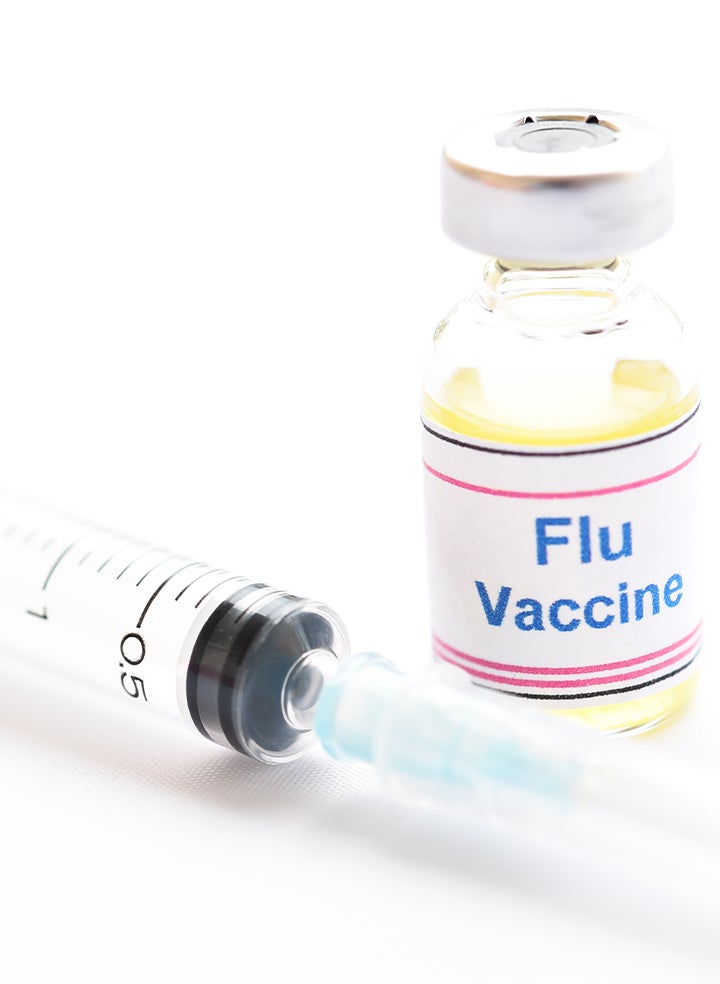5 Things You Need to Know About the 2017-2018 Flu Vaccine
It's that time of year again. Here's everything you should know about getting a flu vaccine this seaon.

Each year the flu vaccine changes – that’s one of the reasons you need to get a flu shot every year – and 2017 is no exception. Fortunately, WellNow Urgent Care is here to provide you with the facts you need to know about the upcoming flu season.
1. Vaccinate Your Kids!
That shouldn’t be a surprise, but 2017 saw the first comprehensive study on the effectiveness of the flu vaccine in reducing a child’s risk of dying from influenza. The results showed that vaccines offered a substantial and significant effectiveness in preventing influenza-related deaths among children both with and without high-risk conditions. You can read the study here: https://pediatrics.aappublications.org/content/early/2017/03/30/peds.2016-4244.
2. Nasal-Spray Flu Vaccines are Still Not Recommended
Also known as “live attenuated influenza vaccine” or LAIV, this form of the vaccine was not recommended for use during the 2016-2017 flu season and the same holds for the upcoming flu season. The CDC recommends only injectable flu shots for the 2017-2018 season.
3. An estimated 150-166 million doses of vaccine will be available.
That’s a lot of doses – and it’s likely to increase given the severity of the flu season. (So there’s no excuse not to get one.)
4. And the Winners Are…
This year’s vaccine will protect against two influenza A viruses and an influenza B virus.
These three were chosen based on research into current and expected circulating strains, however, even if the match between the vaccine viruses and the circulating viruses is not ideal, vaccines can still offer protection against illnesses from the flu.
5. Cell-based CVV Are Now Approved
That may not seem like big news, but it is. CVV means “candidate vaccine virus” and refers to the virus prepared to mass-produce vaccines. Traditionally, CVVs were produced in hens’ eggs, however, the mammalian cell-based production offers greater flexibility (as it’s less dependent on the supply of eggs) and a greater similarity to the viruses in circulation – which means that cell-based CVVs may provide greater protection. This season marks the first time cell-based CVVs were approved for production in the US.
You may hear it every year, but that doesn’t make it any less true: “It’s more important than ever to get your flu shot!” Flu hospitalizations are estimated at upwards of 710,000 a year and account for upwards of 35 million illnesses. The approval of cell-based CVVs and confirmation of the vaccine’s effectiveness in preventing child illness are two huge steps toward combating the suffering from influenza. You can help, too, but only if you get vaccinated!
